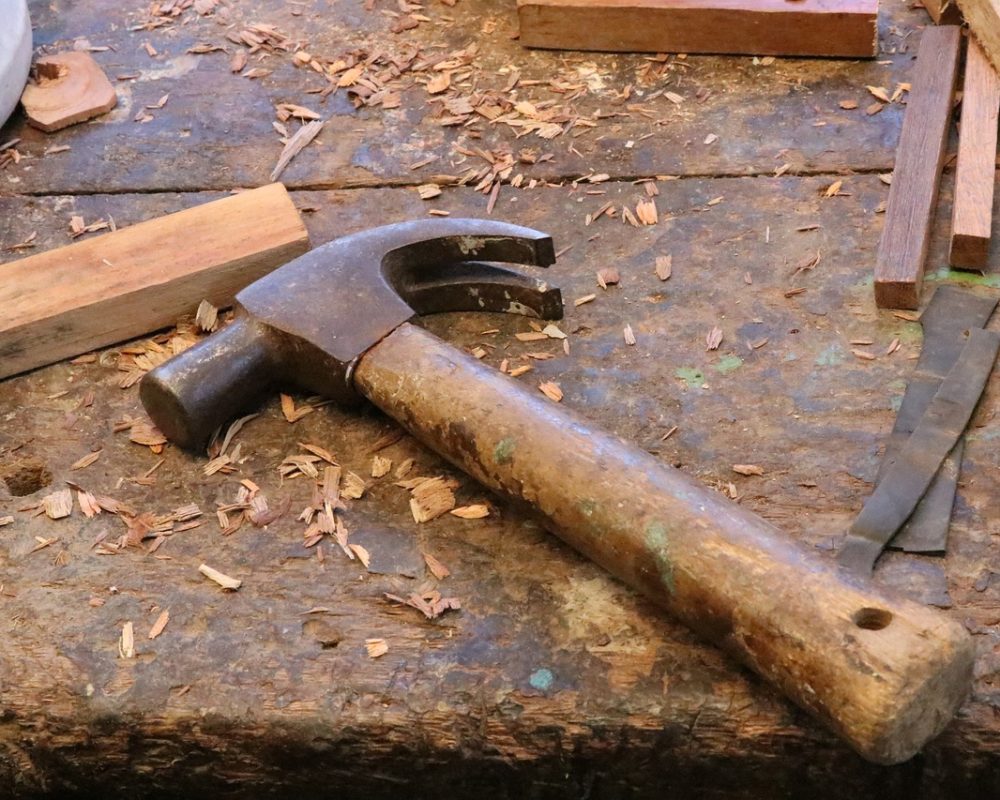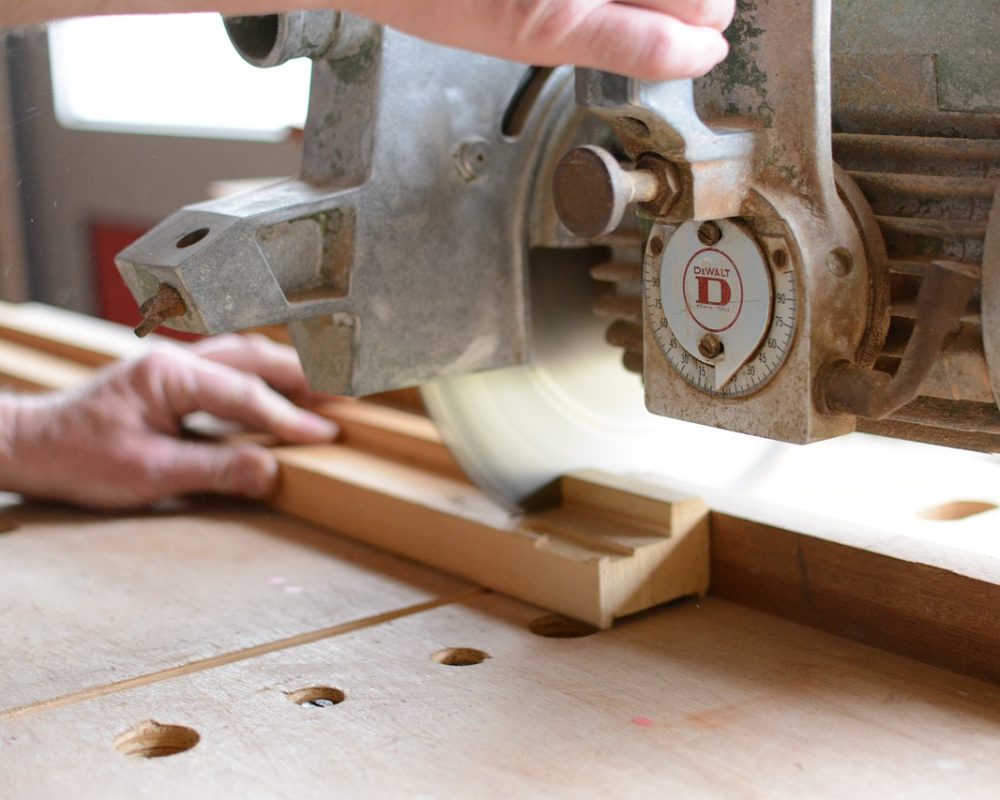Custom furniture design has grown increasingly popular in recent years, driven by homeowners, designers, and businesses looking to personalize their spaces. Whether it’s a handcrafted dining table or a tailor-made wardrobe, custom furniture transforms ordinary interiors into expressions of individuality and functionality.
Custom furniture configuration includes making furniture that is extraordinary to a particular space or individual, frequently customized to meet specific stylish or practical requirements. Not at all like efficiently manufactured pieces, custom furniture is created by gifted craftsmans or particular organizations that work intimately with clients to plan and construct pieces that are stand-out.

The clearest benefit of custom furniture is personalization. Off-the-rack furniture frequently doesn’t completely line up with explicit stylish preferences or utilitarian prerequisites. Custom pieces are intended to match your careful vision, mixing with the varieties, surfaces, and design of your space. Whether you want a couch that impeccably fits an odd-molded front room or a bed outline with stowed away capacity, custom furniture satisfies individual requirements in manners that mass-market choices can’t.
Custom furniture is ordinarily hand tailored, and this craftsmanship brings a more elevated level of value contrasted with plant made items. Craftsmans invest wholeheartedly in their work, focusing on the better subtleties that make a piece lovely as well as sturdy. The materials utilized are frequently of better as well, with clients ready to choose everything from strong wood types to extravagance textures, guaranteeing life span and premium feel.

Efficiently manufactured furniture frequently includes the utilization of engineered materials and inefficient assembling processes. Conversely, custom furniture is more eco-accommodating, especially when made with feasible materials. Numerous fashioners utilize recovered wood, reused metals, or privately obtained materials, limiting the natural effect. Moreover, in light of the fact that custom pieces are made to endure, they offer less to the pattern of dispensable buyer products.

When the plan and material determination are concluded, the craftsman starts creating the piece. This cycle can be tedious, including customary carpentry strategies, upholstery, metalwork, or other particular abilities. Clients frequently get refreshes all through the form interaction and might be welcome to see the improvement, guaranteeing their vision is showing some major signs of life true to form.
After the piece is finished, it is painstakingly conveyed to the client’s space and introduced if important. Establishment is particularly significant for implicit custom furniture like racking units or tailor made closets. The craftsman or a group guarantees everything fits impeccably, changing the furniture depending on the situation to represent any somewhat late contemplations in the space.
As we move into 2024, a few energizing patterns are arising in the realm of custom furnishings. From maintainable materials to multifunctional plans, these patterns mirror a developing craving for furniture that is both imaginative and ecologically cognizant.
Manageability is as of now not simply a trendy expression — it’s a vital driver in furniture plan. Craftsmans are progressively utilizing recovered wood and other reused materials, which decrease squander as well as add novel person to furniture pieces. Each recovered material conveys its own set of experiences, adding to a piece’s appeal and uniqueness.
